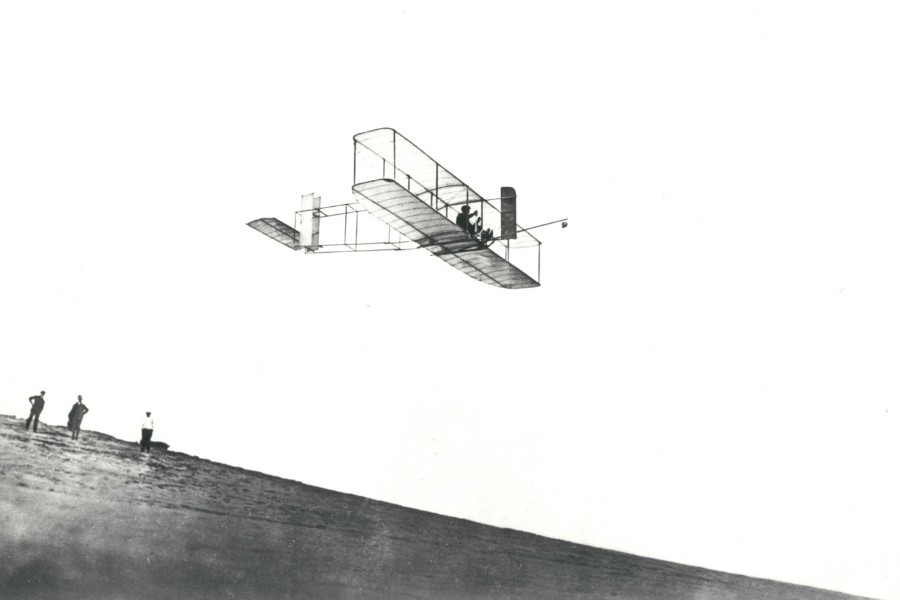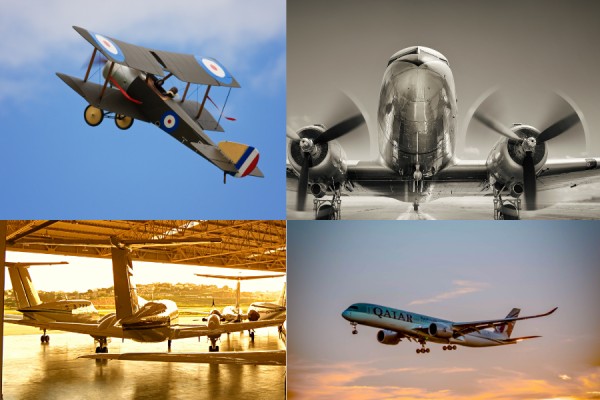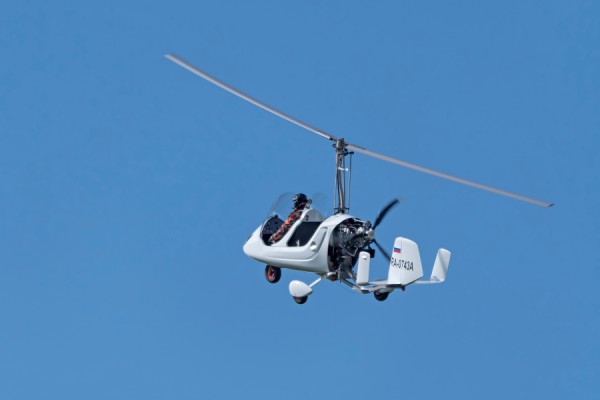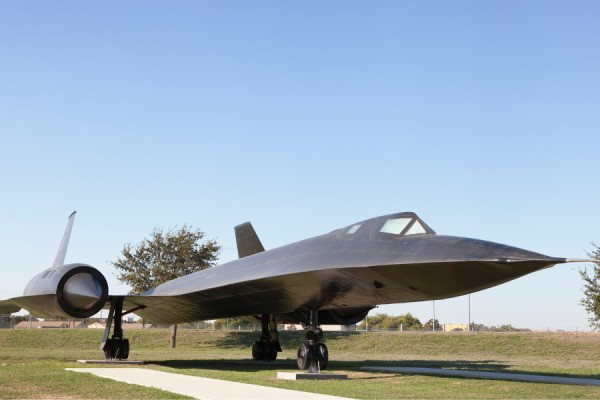- History
- 1 year before
A Turning Point in Aviation History: The First Passenger Aircraft and Its Story
Explore the interesting history of the first passenger aircraft, its impact on the aviation industry and the origins of modern air transport.
-

- 1 year before
- Category: History

The history of passenger transport in aviation holds a captivating narrative, commencing with the inaugural commercial flight. The debut of the first passenger aircraft laid the groundwork for today's flourishing air transport sector. This article delves into the structural makeup, historical significance, and contributions of the pioneering passenger aircraft.
History of the First Passenger Aircraft:
The pioneering passenger aircraft, a Benoist XIV model, took flight on January 1, 1914, operated by the St. Petersburg-Tampa Air Traffic line, piloted by Tony Jannus. Despite being a hydroplane, it made history as the inaugural commercial passenger flight, pioneering a revolutionary concept in aviation.
Features of the First Passenger Aircraft:
The Benoist XIV, a biplane, accommodated a pilot and a single passenger. With a maximum speed of approximately 58 miles per hour (93 km/h), it boasted a wooden frame construction. Designed as a seaplane, it facilitated swift transportation between cities, marking a milestone in air travel.
Impact of Flight on the Aviation Industry:
While limited to one passenger per journey, the debut of the first passenger aircraft heralded a burgeoning commercial aviation sector. It transformed public transportation and travel paradigms, catalyzing advancements in passenger capacity, speed, safety, and comfort over subsequent years.
Significance in Aviation History:
January 1, the inaugural flight date, stands as a pivotal moment in aviation history, marking the onset of passenger transportation and paving the way for numerous flight routes and aviation companies. Today's aviation technologies and services trace their roots to this historic milestone, underscoring its enduring impact on the industry's evolution.
The maiden flight of the first passenger aircraft, once a fantastical notion, heralded the dawn of a global industry that serves millions today. It remains a cornerstone of modern air transport, immortalized as a transformative event in aviation history and travel culture.




